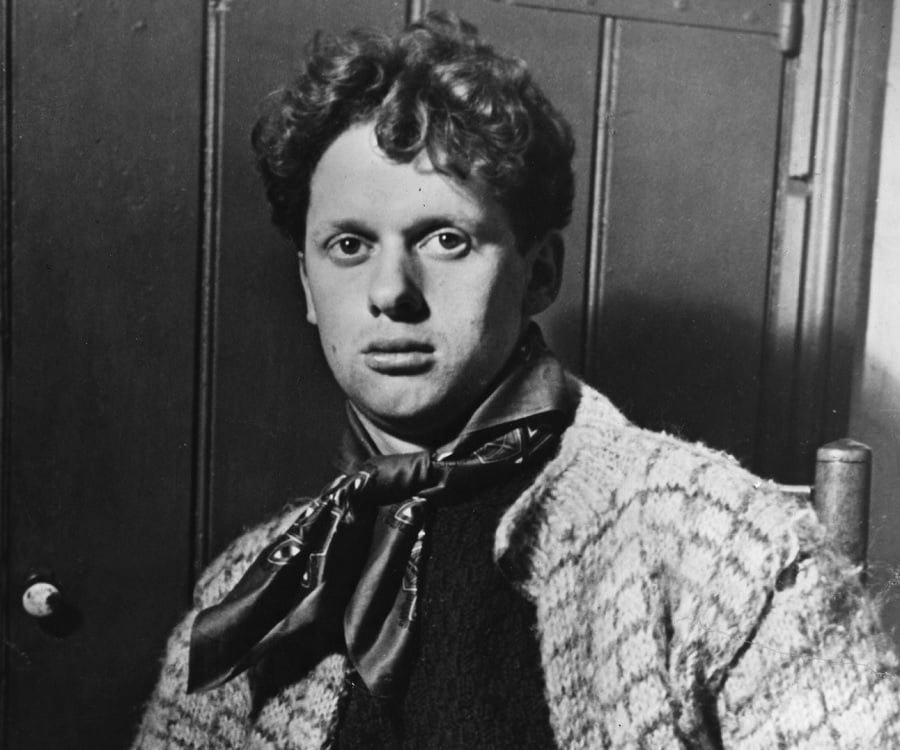History of the Jews in Medieval England Part Two
The Resettlement
After the expulsion by Edward I in 1290, there was a small influx of Spanish
& Portuguese Marrano Jews from 1492
until 1656. Marranos were Jews who either chose or were forced to convert to
Catholicism under the Inquisition but continued to practice Judaism in secret,
whereas converso is the umbrella term for all converts. They were “hidden in
plain sight” as it were. For example, the quartermaster for Francis Drake’s 1577
global navigation was named as ‘Moses the Jew’. So there was always a small
contingent of Jews in the country.
The resettlement is usually dated from 1655 under Oliver Cromwell.
Menasseh Ben Israel, a Dutch rabbi and leader of the community, approached
Cromwell with the proposition that the Jews be re-admitted. There were no new
laws or edicts passed but the ban simply ceased to be enforced. The Puritans
were against the re-admission but the Quakers and some Scottish ministers were
strongly in favour of it. There was a population of 400 by 1690 and by 1700
Solomon de Medina became the first Jew to be knighted (by William III).
In 1701 Bevis Marks Synagogue had been completed by the Spanish &
Portuguese community as the first after resettlement. That synagogue is still
operative, lit entirely by candlelight. The Jewish population had shown strong
loyalty to the Government during the Jacobite rebellion of 1745 and this helped
to strengthen their cause. Henry Pelham brought The Jew Act through the Lords
with no problem but in the House of Commons there was strong opposition from
the Tories who called it “the abandonment of Christianity”. The Bill did,
however, receive royal assent.
In 1798 the first Rothschild business was opened in Manchester and after
that the N.M.Rothschild & Son bank opened in London. Among other things the
bank financed Wellington against Napoleon, the British purchase of the Suez
Canal and they funded Cecil Rhodes in founding the British South Africa Company.
Rothschild is German for Red Shield – the emblem that hung above their door in
Germany. Beyond banking and finance, members of the Rothschild family in the UK
became academics, scientists and horticulturalists with worldwide reputations.
Coming next, Part Three: Emancipation and prosperity in the
1800s
I'm listening to the late and truly great Nina Simone's wonderful soulful song.
He Ain't Comin' Home No More
from her High Priestess of Soul album.



